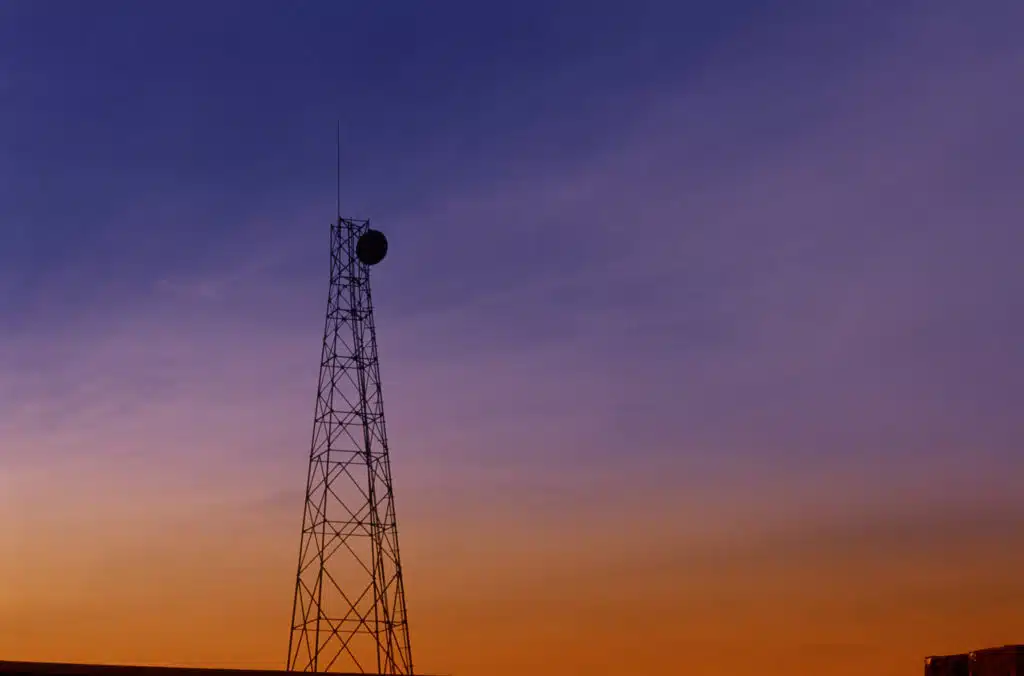The cleaning power of sound waves on the back of a truck.
A young researcher in Sydney is cleaning up contaminated soil by blasting it with ultrasound.
Andrea Sosa Pintos from CSIRO Industrial Physics has shown that toxic and carcinogenic pollutants, such as polycyclic aromatic hydrocarbons (PAHs) and polychlorinated biphenyls (PCBs), can be decomposed quickly, easily and cheaply using a portable treatment unit.
“Chemical analysis of the soil and water after we’ve treated it confirms that more than 90 per cent of pollutants have been destroyed,” she says.
Present soil remediation techniques such as landfill disposal, incineration and bioremediation, have many limitations. “None of these provides a complete or cost-effective solution. And some of them can be time-consuming.” says Sosa Pintos.
“Our process is very simple. We generate high-power ultrasound waves in a slurry of the contaminated soil in water,” Sosa Pintos explains.
The soil and water are mixed and the slurry is pumped through a treatment unit where it is exposed to the ultrasonic waves. The whole process only takes a matter of minutes, as opposed to hours and days, or even months using other techniques.
“Ultrasonic waves travelling through the mixture create micro-bubbles. When these bubbles burst on the surface of the soil particles, they release intense shock waves which can generate temperatures of up to 5000 degrees Celsius. Any chemical contaminants on the surface of the soil particles bear the brunt of these bursts of energy and are blown apart,” she says.
Importantly, the surrounding liquid stays cool, eliminating the possibility that the remnants of the toxic compounds can recombine to form dangerous by-products, as sometimes happens using other technologies. Dioxins are formed during incineration, for instance.
The pilot plant Sosa Pintos and her colleagues have developed can already process about a tonne of soil a day. For a commercial scale system a more efficient feeder unit including a higher capacity pump would be required.
Sosa Pintos says. “If the right engineering company were interested, within a couple of years we could develop a commercial treatment unit able to be hauled to contaminated sites on the back of a truck.”
The combination of high destruction rates, very low energy costs, and the convenience of on-site treatment, makes high-power ultrasound a promising option for soil remediation.
Andrea Sosa Pintos is one of 16 Fresh Scientists who are presenting their research to school students and the general public for the first time thanks to Fresh Science, a national program hosted by the Melbourne Museum and sponsored by the Federal and Victorian governments, New Scientist, The Australian and Quantum Communications Victoria. One of the Fresh Scientists will win a trip to the UK courtesy of the British Council to present his or her work to the Royal Institution.





 Fresh Science is on hold for 2022. We will be back in 2023.
Fresh Science is on hold for 2022. We will be back in 2023.